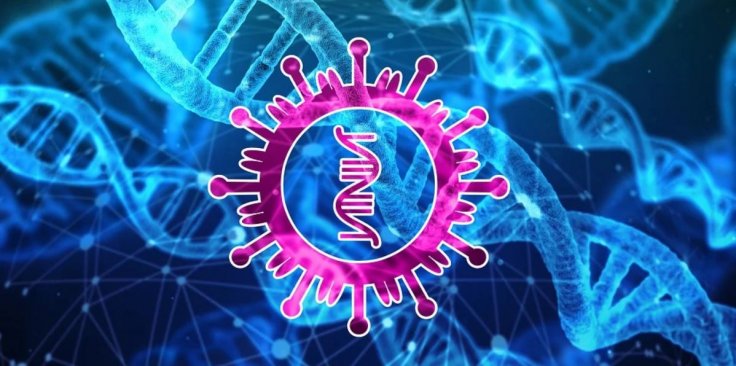In a study published in Nature Communications, researchers from The University of Texas Health Science Center at San Antonio have discovered the mechanism that the SARS-CoV-2 coronavirus uses to fool cells into not recognizing it.
The scientists resolved the structure of nsp16, an enzyme which the pathogen produces and employs to modify its messenger RNA cap, explained Dr. Yogesh Gupta, lead author of the study. "It's a camouflage. Because of the modifications, which fool the cell, the resulting viral messenger RNA is now considered as part of the cell's own code and not foreign," said Dr. Gupta.
Discovering Structure of Key Enzyme
Deciphering the 3D structure of nsp16 paves the way for the rational design of antiviral drugs for COVID-19 and other emerging coronavirus infections, Dr. Gupta said. The drugs, new small molecules, would inhibit nsp16 from making the modifications. The immune system would then pounce on the invading virus, recognizing it as foreign.

"Yogesh's work discovered the 3D structure of a key enzyme of the COVID-19 virus required for its replication and found a pocket in it that can be targeted to inhibit that enzyme. This is a fundamental advance in our understanding of the virus," said study co-author Robert Hromas, MD, professor and dean of the Long School of Medicine.
A Jointly Funded Project
Dr. Gupta is an assistant professor in the Department of Biochemistry and Structural Biology at UT Health San Antonio and is a member of the university's Greehey Children's Cancer Research Institute. In lay terms, messenger RNA can be described as a deliverer of genetic code to worksites that produce proteins.
The laboratory Dr. Gupta is supported through funds from the Max and Minnie Tomerlin Voelcker Foundation, the San Antonio Area Foundation, The University of Texas System, UT Health San Antonio, the Greehey Children's Cancer Research Institute of UT Health San Antonio, and the Cancer Prevention and Research Institute of Texas (CPRIT).
(With inputs from agencies)









